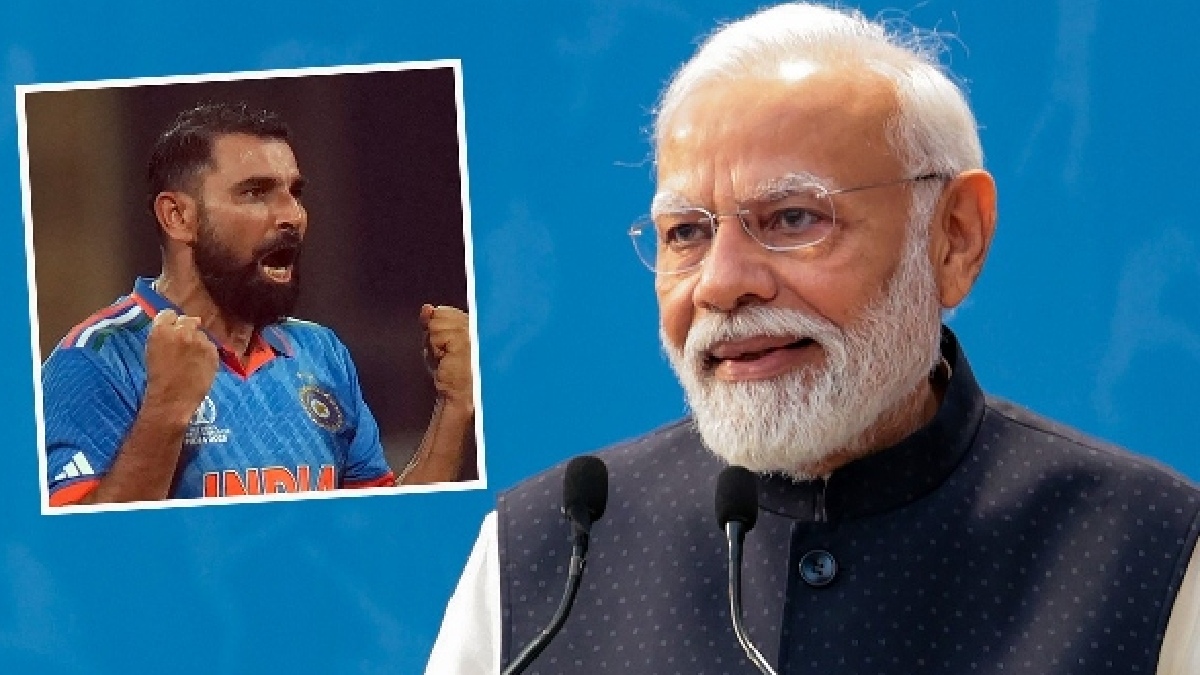
Soon, optical sensor that keeps tabs on terrorists by remote control
Washington, Feb 13 (ANI): Scientists at Rochester Institute of Technology (RIT), US, are designing a new kind of optical sensor to be deployed in unmanned air vehicles, that could someday keep tabs on terrorists by remote control.
The new optical sensor, which would fly in unmanned air vehicles, or surveillance drones, would track suspects on foot or traveling in vehicles identified as a threat.
"The Air Force has clearly recognized the change in the threat that we have," said John Kerekes, associate professor in RIT's Chester F. Carlson Center for Imaging Science.
"I think we all understand that our military has a paradigm shift. We're no longer fighting tanks in the open desert; we're fighting terrorists in small groups, asymmetric threats," he added.
Kerekes won a 1 million dollars Discovery Challenge Thrust grant from the Air Force Office of Scientific Research to design efficient sensors using multiple imaging techniques to track an individual or a vehicle.
The new sensor, which is being developed by Kerekes, will collect only the data it needs. It will assess a situation and choose the best sensing mode (black and white imaging, hyperspectral or polarization) for the purpose.
Developing two strands of information-one about the target, the other about the background environment-will be key to maintaining a connection and for piercing through camouflage effects.
The sensor will collect a black and white image of a target, say a car, and will record the shape of the object.
A hyperspectral image will plot the object's color as it appears in multiple wavelengths, from the visible light to the near and short infrared parts of the spectrum beyond what the eye can see.
The third imagery mode, polarization, cuts through glare and gives information about surface roughness. It provides details that distinguish between objects of similar color and shape.
"These are all complementary pieces of information and the idea is that if the object you are tracking goes into an area where you lose one piece of information, the other information might help," Kerekes said.
"The idea is to lead to more efficient sensing both from the point of view of collecting the data necessary and being able to adapt to these different modalities based on the conditions in the scene or the task at hand," he added. (ANI)


 Click it and Unblock the Notifications
Click it and Unblock the Notifications


































